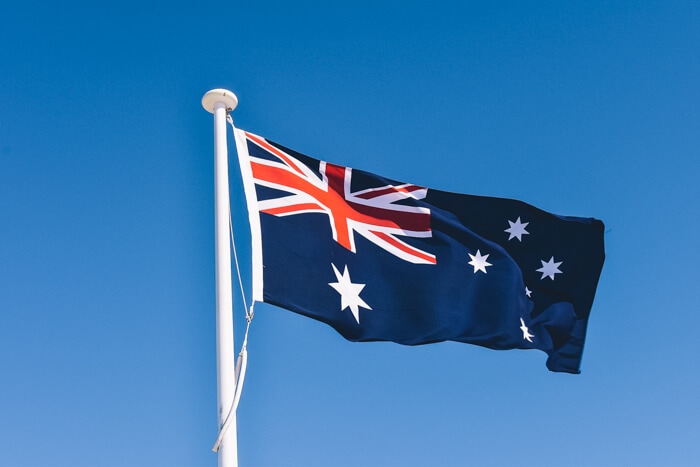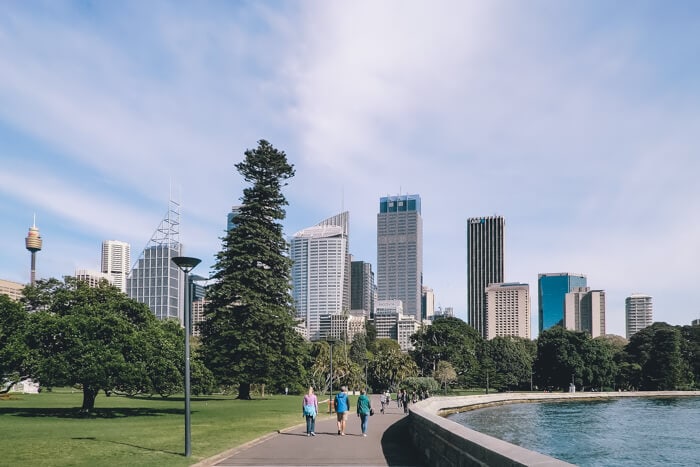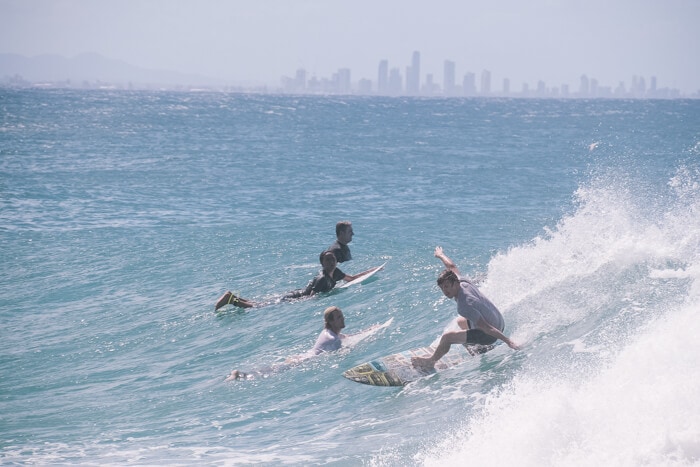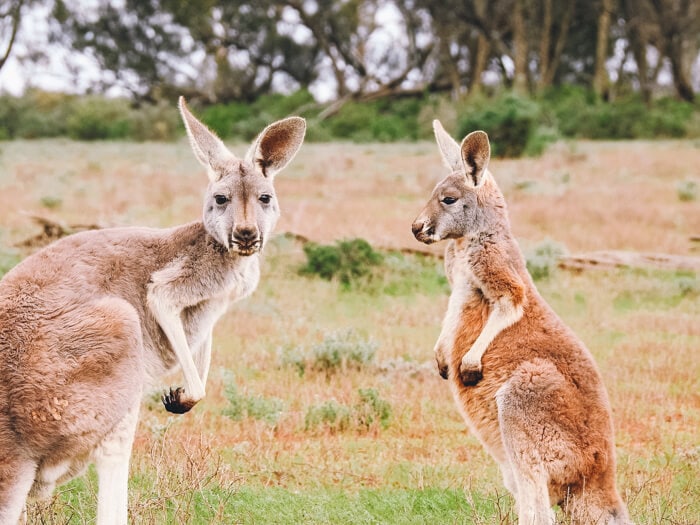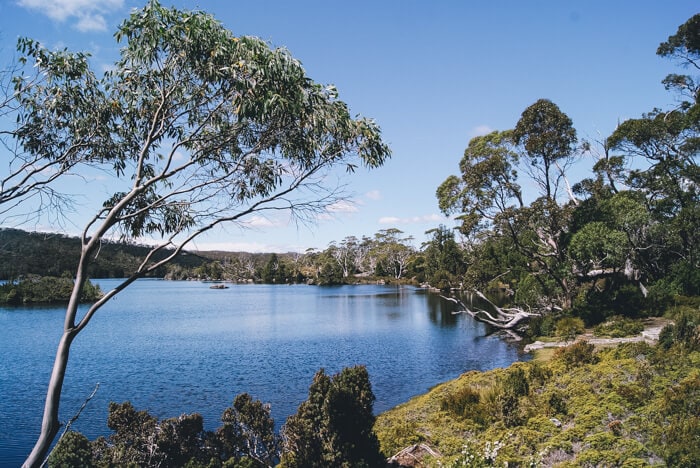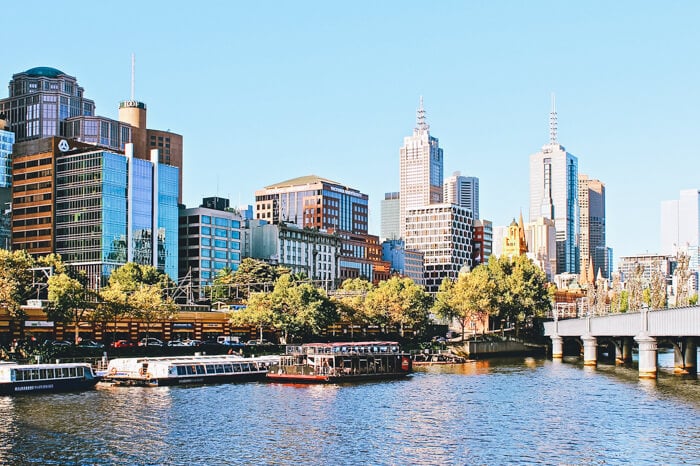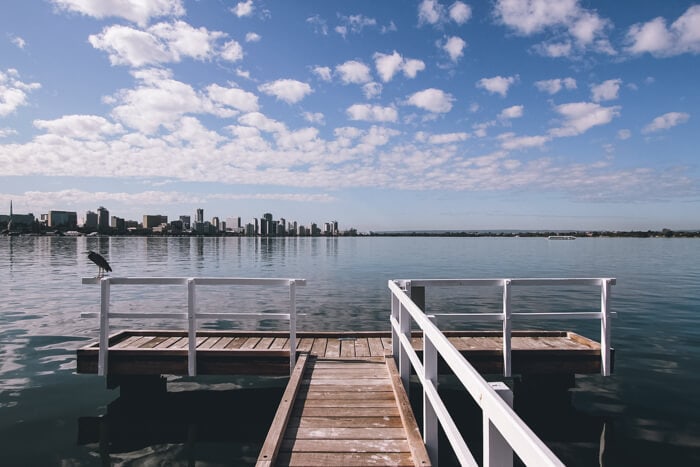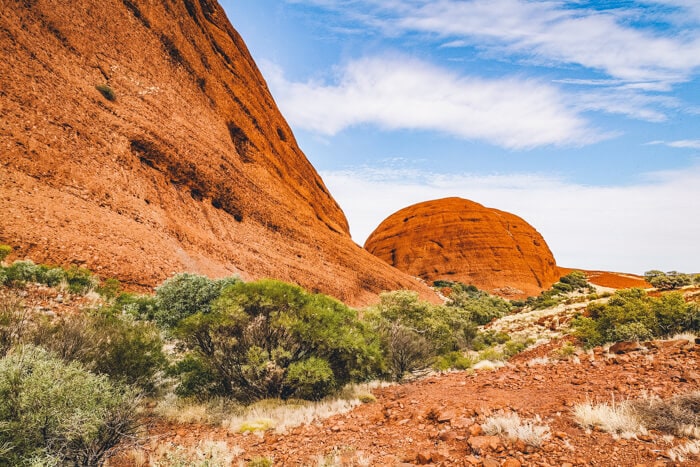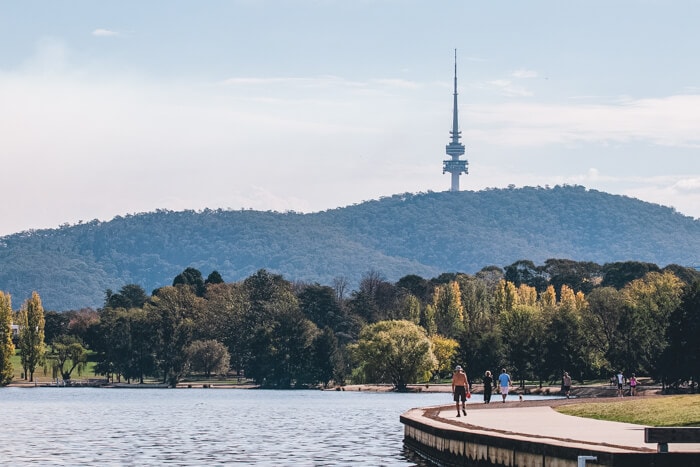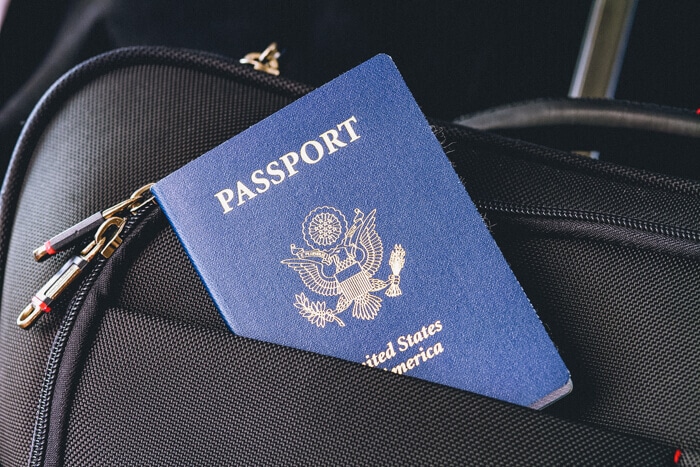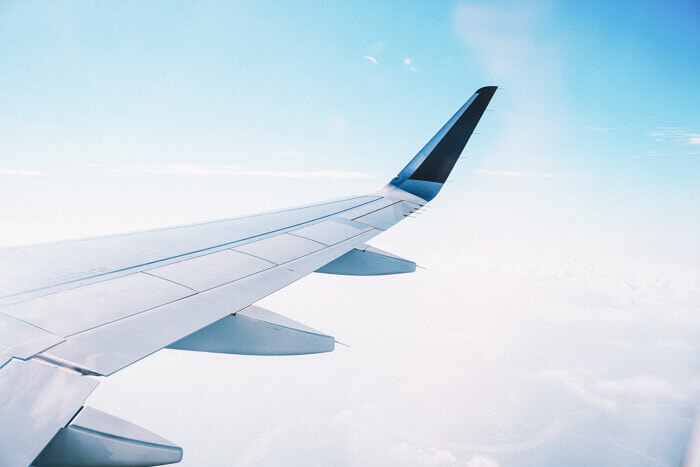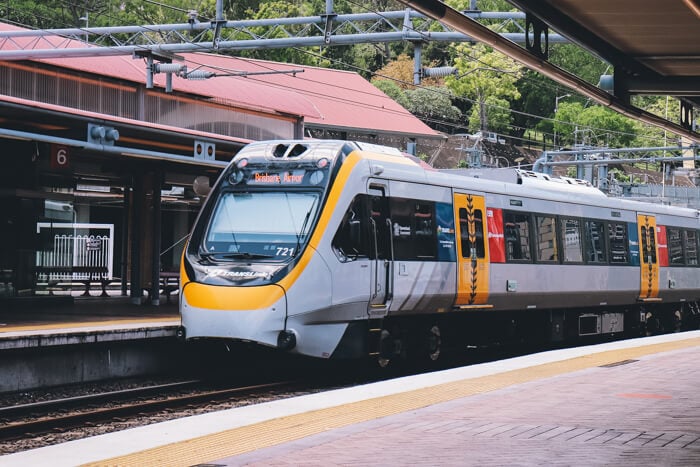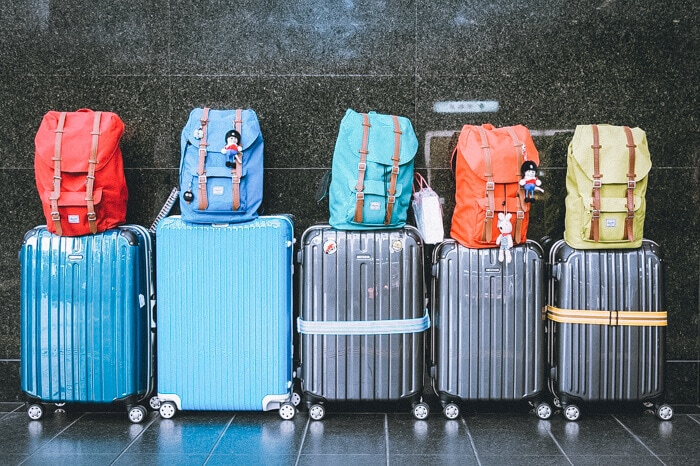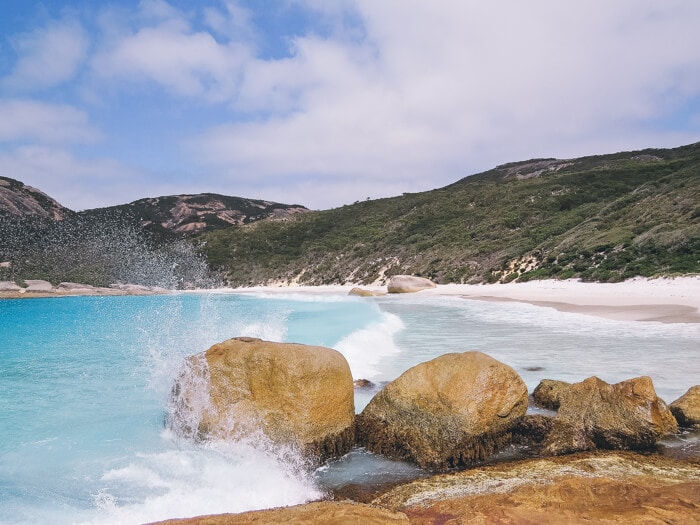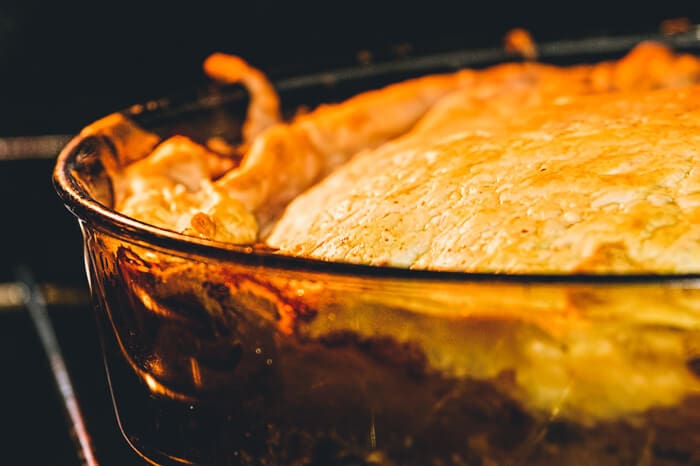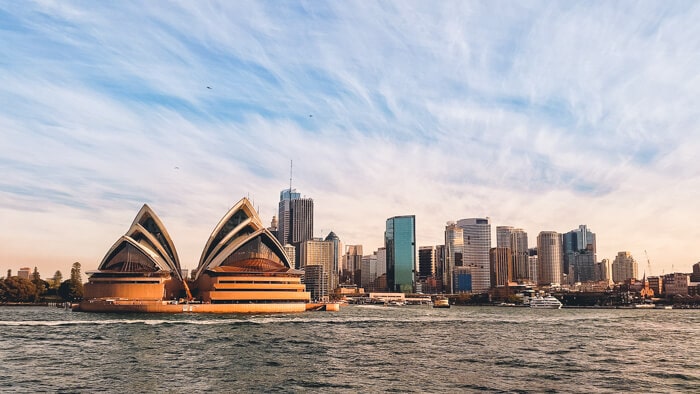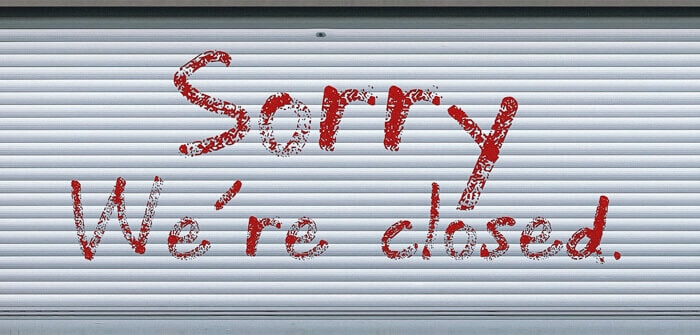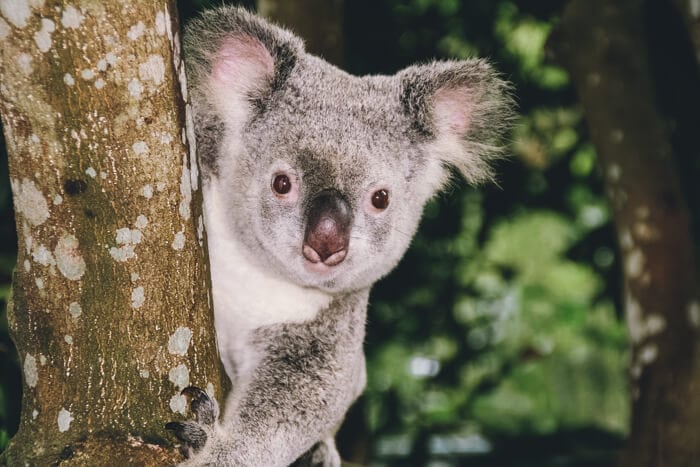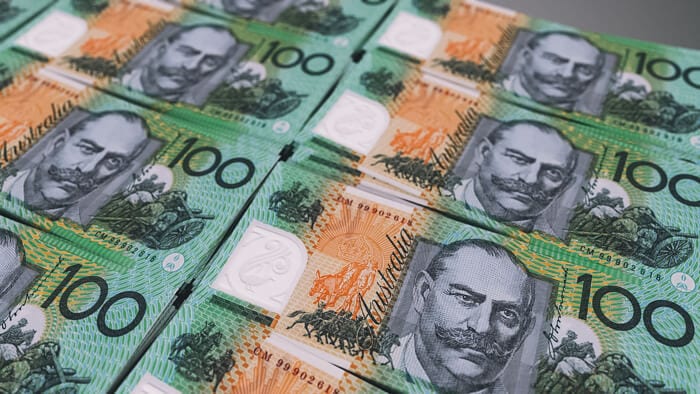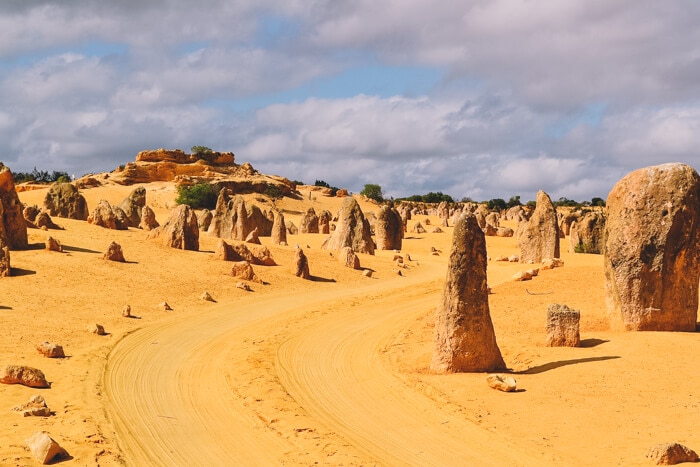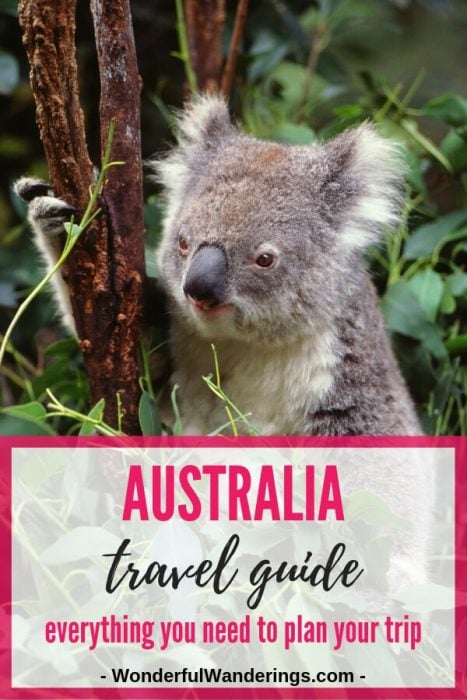Planning an Australia vacation? Great! This guide will help you do just that.
Australia is the sixth largest country in the world, but has a population of just 25 million – that’s less than the population of Shanghai! Australia is a member of the United Nations, Commonwealth and G20 and has a highly developed economy. Its cities of Melbourne and Sydney frequently rank among the best places in the world to live.
Australia is the quintessential “gap year” destination for young people looking for adventure. It is very backpacker-friendly but also caters to a more upmarket clientele. It boasts unrivaled natural beauty, including some of the most exquisite beaches in the world, as well as pulsing cities and unique bushland. Whether you are a nature-lover or city-dweller, there are plenty of things to do in Australia.
Contents
- Your Australia vacation: quick facts
- States and territories of Australia
- How to travel to Australia
- How to travel around Australia
- What to pack when going to Australia
- When to visit Australia
- What to eat in Australia
- Famous events in Australia
- Public holidays in Australia
- Where to stay in Australia
- Safety in Australia
- The use of cash and cards in Australia
- Calling abroad, WiFi and data use in Australia
- Tipping in Australia
- A brief history of Australia
Your Australia vacation: quick facts
Size: 7,692,024 km2 (2,969,907 sq mi)
People living there: 25,281,800
Capital: Canberra
Governmental structure: federal parliamentary constitutional monarchy
National day: 26 January
Time zones: Australian Western Standard Time: UTC +8hrs; Australian Central Standard Time: UTC +9h30; Australian Eastern Standard Time: UTC +10hrs
Currency: Australian Dollars
Power voltage and socket type(s): 230 v and socket type I. If these socket types don’t match your devices, make sure to pack a universal adapter for your trip to Australia
Official religion(s)/Freedom of religion:: freedom of religion, around 50% of Australians identify as Christians, 23% as atheists and agnostics; the remainder as other religious denominations
Official language(s) and general knowledge of English: English is the official language
Drives on this side: left
International driver’s licence accepted? yes
Phone code: +61
Can you drink the tap water? yes, so make sure to bring your reusable water bottle
States and territories of Australia
Australia is divided into six states and three territories. The difference between states and territories lies in the complexities regarding their self-government and sovereignty.
New South Wales
The most populous of all the Australian states, New South Wales is home to the world-famous city of Sydney. Sydney will most likely crop up on your Australian itinerary – and with good reason. The city boasts a number of iconic features, including the Sydney Opera House, Sydney Harbor Bridge, and Bondi Beach.
Outside of the big city, New South Wales is blessed with spectacular natural beauty. You could spend days on end walking through the rugged Blue Mountains, breathing in the fresh air and soaking up the views. Alternatively, pack up the car and do a road trip down to Hyams Beach, which is famous for having the whitest sand on the planet.
Queensland
If you’re a surfer or a diver, Queensland should be your first port of call as this is where you’ll find the Gold Coast, the Sunshine Coast, and the Great Barrier Reef – one of the top attractions in Australia.
For even more adventure, hop in a kayak and explore the Boodjamulla National Park, or keep your feet on terra firma and explore the mysterious lava tunnels.
If you’re looking for a more cosmopolitan vibe, head to Brisbane, the capital of the state and one of Australia’s most exciting cities. The easiest way to explore the city is by bike – you’ll be able to pedal along busy streets and natural spaces, including the Boondall Wetlands and the Brisbane River.
South Australia
South Australia is not one of the most popular places to visit in Australia, which is a shame because there is plenty to see and do here. Its capital, Adelaide, is great fun to explore – but the real excitement is found within its nature. Start by admiring the kangaroos over on Kangaroo Island before heading over to the Epicurean Way to sample some of the country’s finest wine.
If you simply want to stroll through somewhere beautiful under the endless sunshine, South Australia has multiple locations that fit these criteria. The Murray River and the Coorong National Park are particular favorites. If you’re feeling especially intrepid, opt for cage diving with Great White sharks off the coast of the Neptune Islands.
Tasmania
Tasmania is the smallest Australian state and sits entirely on its own little island, around 150 miles south of Victoria. A trip to Tasmania is all about immersing yourself in the great outdoors. Stop one should be the Table Cape Tulip Fields for a bit of frolicking before a hardcore trek through the sublime St Clair National Park and Cradle Mountain.
If you’re looking to inject a bit of culture into your visit, check out the whacky exhibitions at MONA (Museum of Old and New Art) in Hobart, the state’s capital. While you’re in Hobart, be sure to have a wander through the Salamanca Market, where you’ll be able to pick up some local, artisanal goods.
Victoria
Victoria sits in the southeasternmost corner of Australia and is most famous for being the home of Melbourne. Slightly cooler (temperature-wise) than Sydney, Melbourne has developed into Australia’s hipster hangout. Here you will find street food galore and some seriously impressive shopping hubs, including the Block Arcade and Royal Arcade.
But, Victoria has a lot more to offer than just its capital. The Great Ocean Road, which runs along the state’s coastline is considered the most scenic road in the country and is perfect for road trips. Along the way, stop off to look at the twelve apostles (giant rock columns in the sea) – one of the things to see in Australia according to many – and to take a walk through the Grampians.
Western Australia
Covering almost the entire western half of Australia, Western Australia is an enormous state that has Perth at its helm. For a culture fix, head to Fremantle, just 30 minutes away from Perth. This city is known for its quirky arts scene and coffee joints. You’ll find time flies as you dip into the city’s seemingly endless galleries and markets.
The beaches in Western Australia are insane. Not only are you going to find some of the most photogenic beaches on the planet, but there’s a good chance you’ll have them all to yourself. Turquoise Bay, Hamelin Bay, and Cable Beach are among the best beaches in the state and also the country.
Jervis Bay Territory
Sitting on the coast of New South Wales and measuring less than 30 square miles, Jervis Bay Territory is utterly minuscule, especially when compared with Australia as a whole. Nevertheless, it is worth a mention thanks to its delightful white sand beaches and Booderee National Park. If you are in NSW anyway, it is worth popping across the state border and checking it out.
Northern Territory
If you’ve ever heard Australians talking about the outback, they are talking about the inhospitable Northern Territory. The temperature here remains consistently in the high 20s/low 30s but has been known to climb up into the 40s. The capital of the territory is Darwin, which has some nice beaches and markets but is not the main event.
The most iconic feature in the Northern Territory is Uluru, also known as Ayers Rock. Get there for sunrise or sunset for the best experience as it will be cooler and more picturesque. If you’re feeling adventurous, hike along the dramatic Kings Canyon Rim Walk or plunge into the cool waters of Gunlom Falls.
Australian Capital Territory
Finally, we get to the Australian Capital Territory, which was built halfway between Sydney and Melbourne and is home to Canberra, the national capital.
Honestly, there is not a lot to see and do here as this territory was purposely built to be the administrative capital of Australia. However, if you do find yourself here, you could spend a day visiting the Australian War Memorial and meandering around the edge of the Lake Burley Griffin.
How to travel to Australia
Entry requirements
Most international citizens, including those from the US, Europe, and Canada will need to apply for a free visa before travelling to Australia. Europeans will apply for an e-visitor visa; Americans and Canadians will need to apply for an Electronic Travel Authority (note that if you apply for an ETA online there is a service fee of 20 Australian Dollars).
Fly to Australia
As Australia is an island, there are no train or bus options to enter the country. There are also no ferries from other countries as the distances between Australia and other countries are so large.
There are cruises available, but they are a holiday in and of themselves. The easiest way to get to Australia is to fly but be aware that airfare to Australia usually isn’t cheap. For a round trip to Australia from Europe, you’ll easily pay €1000 per person though it is possible to find lower prices if you’re flexible and start looking well ahead of time.
Check here for flight options and prices to Australia.
Australia’s five busiest airports are:
- Sydney Airport
- Melbourne Airport
- Brisbane Airport
- Perth Airport
- Adelaide Airport
How to travel around Australia
Independent travel around Australia
Australia has a long history of catering to backpackers and has therefore developed a comprehensive travel infrastructure. The most popular and cheapest way to get around the country is to take the greyhound buses. This bus network extends all over the country and is a scenic way to travel.
Domestic flights are surprisingly expensive in Australia. They will save you a lot of time but make a serious dent in your budget so think carefully before you book flights. Another option is to take the train, but the train network is limited and tickets are also very expensive. A lot of people rent their own car, which offers maximum flexibility and freedom.
Look here for the best prices on rental cars.
There is accommodation all over the country, even in the most remote places. However, it is a tradition for Australian backpackers to buy minivans so your transport doubles up as accommodation. We will rent an RV ourselves when we go to Australia in June.
If you want something a bit more luxurious, you needn’t look far for a nice hostel or hotel.
What to pack when going to Australia
Generally speaking, Australia is hot. Even in the winter, you can get away in some places with wearing little more than a t-shirt. Take note, however, that Australia is in the southern hemisphere so the seasons are reversed. Christmas is likely to be one of the hottest days of the year, while July is much cooler.
It’s also really important to look up the weather for the area you’ll be traveling to, as winter in the north is very different from winter in the south.
Below is a selection of items that’ll always come in handy in Australia, regardless of where you go and when.
- sunglasses
- sunscreen
- layers of light clothing
- sneakers
- a light jacket
- a reusable water bottle
- comfortable yet light hiking pants
When to visit Australia
Honestly, Australia is one of those places that is amazing no matter when you visit. However, if you want the weather to be absolutely perfect then you should travel between September and November or February and May. This way, you will avoid the blistering summer heat, but won’t have the risk of a winter chill in the air.
What to eat in Australia
- Witchetty grubs – caterpillar-like bugs with a nutty flavor, traditionally eaten by Aboriginals
- Emu – way more iron than beef, low-fat and delicious, served on pizza, smoked, or in a pie
- Vegemite – thick, brown paste made from vegetable extract and served spread on toast
- Tim Tams – chocolate biscuits covered in chocolate with even more chocolate in the middle
- Lamington – sponge cake covered in chocolate and desiccated coconut
- Chicken parmigiana – breaded chicken breast topped with tomato sauce and mozzarella
- Aussie burger – like your average burger but with beetroot, pineapple and a fried egg on top
- Meat pie – flaky pastry filled with meat and gravy
- Kangaroo – throw some kangaroo steaks on the BBQ for a healthier alternative to beef
- Ostrich burgers – just like a normal burger but made with ostrich meat
Want more tips? Read this post about popular Australian food.
Famous events in Australia
- Australia Day – the whole country parties all day and night on the beach with BBQs, drinking, and fireworks (January 28)
- Tropfest – the largest short film festival in the world (February)
- Laneway Festival – music festival featuring a host of international artists, hosted in Sydney, Melbourne, Fremantle, Brisbane, and Adelaide (February/March)
- Adelaide Fringe Festival – arts festival with dance, music, comedy, and theatre in Adelaide (February/March)
- Sydney Gay and Lesbian Mardi Gras – gay pride festival through Sydney with outrageous costumes and parades (February/March)
- Moomba Festival – parades, performances, and pyrotechnics in Melbourne (March)
- Melbourne Comedy Festival – three and a half weeks of non-stop comedy from performers from all over the world (March/April)
- Rip Curl Pro Surfing – prestigious surfing competition that brings in surfers from around the world, held in Victoria (April)
- Melbourne Cup – the country’s biggest horse racing event held in Melbourne (November)
- New Year’s Eve Fireworks – possibly the most elaborate NYE fireworks display in the world, held in the Sydney Harbor (December 31)
Public holidays in Australia
- New Year’s Day
- Australia Day (January 28)
- Good Friday
- Easter Monday
- ANZAC Day (April 25)
- Christmas Day
Where to stay in Australia
I always use Booking.com to look for hotels and guesthouses abroad. The site has a bunch of filtering options that make it easy for you to get a list of only the hotels that meet your criteria. I, for example, always look for places with free WiFi and a good location.
If you’re looking for accommodation in Australia, I highly recommend you check there.
When I want to book an apartment to have a bit more space and privacy, I use Airbnb.
Safety in Australia
Generally, Australia is a very safe place to visit. Crime rates are low and violent crime is extremely rare. Frankly, the animals in Australia are more dangerous than the people! Visitors should watch out for snakes, sharks, kangaroos, and other animals that could hurt you. While shark attacks do not happen often, swimmer should be aware of the danger.
The use of cash and cards in Australia
Both cash and cards are accepted all over the country. You will most likely be able to pay for everything with your card, but it is always handy to carry a small amount of cash with you just in case. There are ATMs in every town and city.
Calling abroad, WiFi and data use in Australia
Using your data in Australia can add up fast. If you want to have a continuous internet connection, it’s best to buy or rent a mobile hotspot. That way, at least, you know what you’re paying per day or per month.
I personally use Solis Wifi. Solis Wifi offers both day passes and monthly subscriptions providing you with 4G throughout your trips. I’ve been using their daily passes not just when I travel outside the EU (no roaming charges for me in the EU) but also as a backup for when I think I’ll go over my phone’s data plan.
Interested? You can get a 10% discount if you enter the code WONDERFULWANDERINGS when ordering.
Check out Solis Wifi here.
Tipping in Australia
In general, tipping is not obligatory in Australia. Service workers are paid adequately and don’t depend on tips. Of course, that doesn’t mean they won’t happily accept them. Read more about who to tip what in Australia here.
A brief history of Australia
The first people to arrive in Australia are believed to have traveled there by boat around 50,000 years ago. These people are known as the Aboriginals and they divided into tribes and lived as hunter-gatherers on the islands for millennia.
In the late 1700s, the British colonized Australia and used it as a penal colony. In other words, Australia became a dumping ground for British convicts. Due to the harsh conditions and scarcity of resources, convicts did not survive long in this inhospitable land. Over the next few decades over 160,000 men and women were shipped out to Australia.
In the mid-1800s gold was discovered in Australia and this brought a flurry of people from all over the world, but most prominently Britain and China. Later, in 1901, Australia declared independence. Over the course of the 20th century the country developed rapidly, despite devastating losses in the First and Second World Wars.
Today, Australia has a booming economy and a flourishing arts and culture scene. It is also one of the most popular places on earth for travelers of all ages and backgrounds.
And that’s it! I hope this guide has given you some idea of what to do in Australia and will help you plan your own trip there.
PIN FOR LATER
This guide contains affiliate links. If you book or buy something through these links, I earn a small commission at no extra cost to you.

